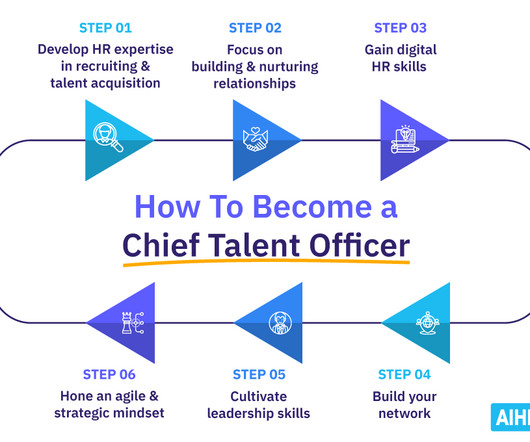The Top 5 Employee Engagement Challenges That Government Agencies Face
Cornerstone On Demand
APRIL 26, 2018
2) Succession Planning Succession planning is essential to building a well-trained workforce—36 percent of leaders report that improving succession planning is their greatest staff development need, and 70 percent say they are currently investing in leadership development.





















































Let's personalize your content